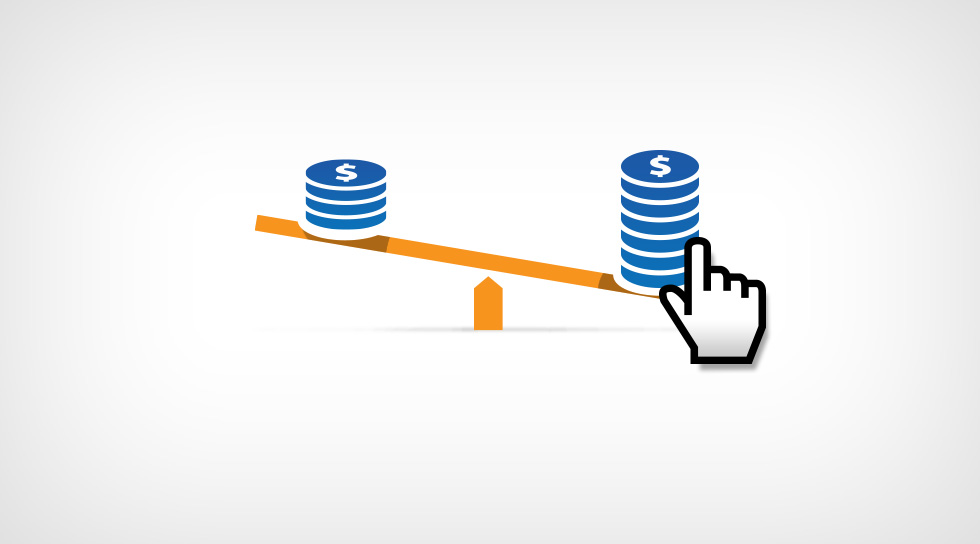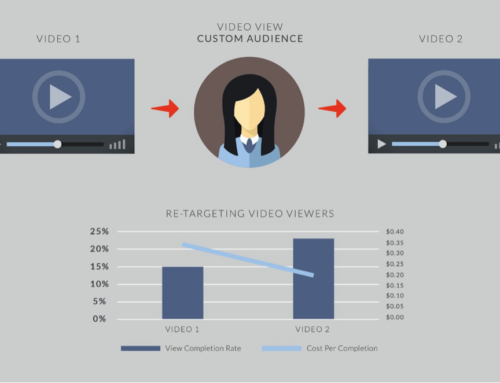If your business is still wondering how it can better optimize its online presence to generate more sales online, one great option is to take a serious look at the benefits of conversion rate optimization. What was once considered a luxury for only the most adventurous business has now become a common and extremely effective tool for businesses that are looking for relatively simple and actionable ways to make their online presence more profitable.
Taking the time to A/B test your marketing channels, as we’ve mentioned in a variety of previous posts, can illuminate fantastic opportunities that your business can take advantage of to increase conversions. Using Conversion Rate Optimization (or CRO) on your website to verify a hypothesis, mitigate risk and achieve substantial increases in revenue are all achievable advantages for savvy businesses when CRO is used properly.
Gone are the days when the highest paid person in the room made a decision on how something should look or how the copy should read based only on gut instinct. Online businesses can now actually take the time to check hypotheses and potential changes before they are fully rolled out – saving immense amounts of money by avoiding poor design or copy decisions while providing actionable evidence for when a change should be made to an element of a page or marketing channel.
What to Test
Conversion rate optimization is a discipline that is really only limited by the imagination. A wide variety of different elements can be effectively tested – from color, navigation and imagery to structure, messaging and tone. Just about anything on a web page can be broken down to find the most effective combinations to help optimize your bottom line. This can take place on a webpage, but it can be just as effective when testing the effectiveness of email campaigns or social media posts.
How to Test
At Blue Fountain Media, Our conversion rate optimization (CRO) testing product of choice is Visual Website Optimizer. However, there are a lot of other options out there such as Optimizely and Maxymiserthat are just as viable. To get started, first pick an element on your website that you want to test, and then decide what kind of A/B test you would like to run.

Contrary to general assumptions, you actually have some choices on how to run an A/B test. A regular A/B test will allow you to choose different elements and test a change, with one element per variant. If you’d rather test two pages with a variety of different pieces of content, a multivariate test will let you choose a variety of different elements to change on your page and combine them all together into a single A or B variant to test how a page with many different changes might perform over the existing (or “control”) page.
It is best practice to test one element at a time, as a variety of different changes at once will keep you from seeing data that dictates a specific element causing increases or decreases in your goal value. However, if you are trying to decide on two entirely different pages, a multivariate test is probably the best way to go.
Another option is to Split URL test – randomly splitting traffic between different URLs that you can specify. This is reserved for when you’d like to see how a single page will do depending on the path users take to get there. For example, if you have an “About Us” page that you would like to test to see how many people visit, you’d build out two variations paths. This way you could create multiple ways to get to a page with the same content in order to see what variation gets more traffic from referring pages on your website.
Conversion Rate Optimization in Action
If you still aren’t impressed by CRO in theory, let’s use some real world examples to show the value it brings to online businesses. Our client, My Pump Pro, a leading distributor of boiler feed systems and water booster pumps, had a solid homepage layout – but we felt that we could create a better overall user experience by changing the way content was structured on their homepage. Instead of just hopping right in and making changes, the CRO team decided it would be prudent to take the time to test whether or not the existing homepage would outperform the proposed variant.

By simply switching the order in which the content was structured on the homepage, we were able to help My Pump Pro achieve a hefty 10.34% increase in their conversion rate. Think about all the new business that generates – by simply changing the order in which existing content is presented. Such a simple change, but with such huge ramifications for the client’s bottom line. Without taking the time to test, we would have never known that something so simple could have such a huge effect.
While restructuring content for My Pump Pro led to a nice increase in conversion rate, adding new content for another one of our clients, New York Organ Donor Network, provides a great example of CRO providing statistics that lead to a decision being made about which variant is more effective for a website between two entirely different kinds of content. In this test, we wanted to see what version of the homepage banner would result in more donations being made by users.

By A/B testing a full-scale redesign that featured more prominent calls to action, Blue Fountain Media CRO specialists were able to increase the donation rate from 3.40% to 7.52% – an increase of a whopping 121%! Imagine if your business took the time to conduct an A/B test with such results. You could effectively double the amount of conversions or sales, while accumulating hard data that proves it will stay that way for the foreseeable future.
Key Takeaways
If you aren’t already actively using conversion rate optimization for your online business, now is the time. Relatively simple fixes could make your conversions go through the roof, and CRO tools allow you to test what works and what doesn’t with less risk of hurting your existing online presence. Instead of sitting around wondering what might or might not work to help increase your website’s conversion rate, actively test your hypotheses so that you know, without any doubt, what works and what doesn’t.
Do you know of any truly staggering examples of conversion rate optimization working for a website? Let us know in the comments below!







Leave A Comment